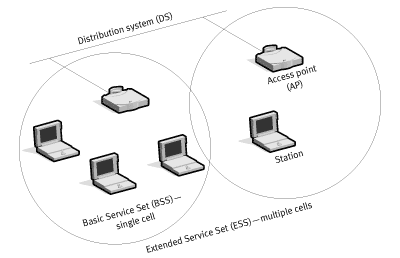OneM2M (4): 架構整理與小結
 讓我們在這裡總結一下前幾篇文章對oneM2M的介紹,
讓我們在這裡總結一下前幾篇文章對oneM2M的介紹,並嘗試系統化oneM2M的架構.
在oneM2M的架構中, 分成3種基本單元:
- AE: Application Entity
- CSE: Common Service Entity
- NSE: Network Service Entity
以上3個單元, 分別對應於Application Layer, Service Layer和Network Layer,
其中, 在之前文章中, NSE沒有詳細的介紹,
根據定義, NSE provides connectivity services to the CSEs besides the pure data transport.
換句話說, NSE提供CSE基本的資料傳輸功能, 用以建立網路,
若以在網路中的角色來分配, oneM2M有4種不同的節點:
- Application Dedicated Node
- Application Service Node
- Middle Node
- Infrastructure Node.
這四個節點以Middle Node為界, 分屬於兩個網路: M2M網路, 網際網路,
或是以oneM2M的術語來說, 就是field domain 和 infrastructure domain,
Middle Node像是gateway一樣, 扮演兩個網路之間資料轉傳的角色,
Application Dedicated Node和Application Service Node的差別在於CSE的有無,
換句話說, 若是傳統無oneM2M的裝置, 即是Application Dedicated Node,
若有CSE層, 則是Application Service Node,
Application Dedicated Node和Application Service Node同屬於M2M網路中的節點,
關係如下圖:
對應不同節點和單元的關係, oneM2M提供數種不同的接口:
- Mcc (CSE-CSE)
- Mca (CSE-AE)
- Mcn (CSE-NSE)
- Mcc’(between 2 service providers).
其中, 接口和單元的關係如下圖表示:
而對於oneM2M來說, 最重要的目標即是設計CSE的功能,
用以提供物聯網的發展與應用.





留言
張貼留言